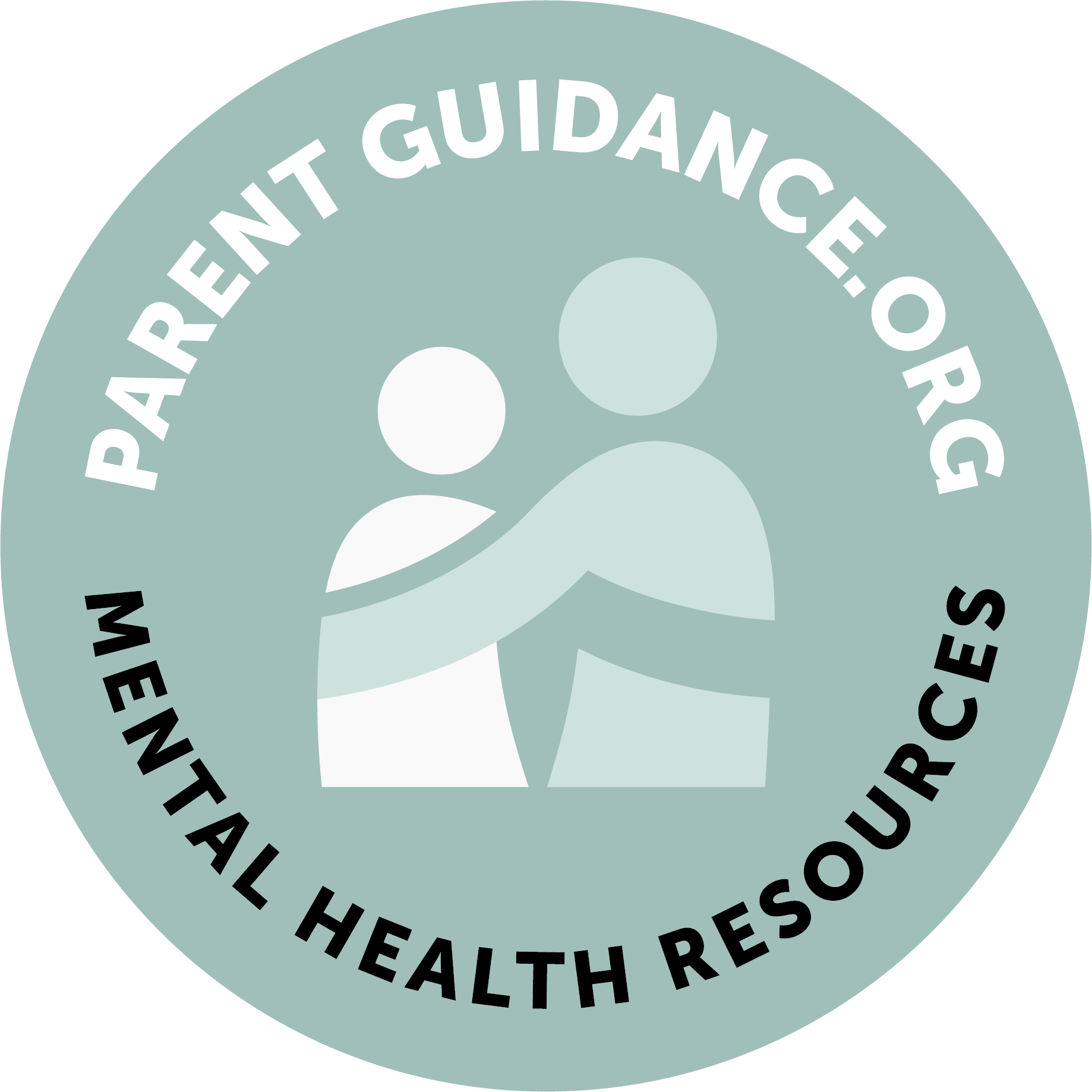School Accountability Report Cards
What is a School Accountability Report Card (SARC)?
Since November 1988, state law has required all public schools receiving state funding to prepare and distribute a SARC. A similar requirement is also contained in the federal No Child Left Behind (NCLB) Act (reaffirmed on December 10, 2015 by President Obama as ESSA). The purpose of the report card is to provide parents and the community with important information about each public school. A SARC can be an effective way for a school to report on its progress in achieving goals. The public may also use a SARC to evaluate and compare schools on a variety of indicators.
What information does the SARC contain?
Although there is great variation in the design of school report cards, they generally begin with a profile that provides background information about the school and its students. The profile usually summarizes the school's mission, goals, and accomplishments. State law requires that the SARC contain all of the following:
- Demographic data
- School safety and climate for learning information
- Academic data
- School completion rates
- Class sizes
- Teacher and staff information
- Curriculum and instruction descriptions
- Postsecondary preparation information
- Fiscal and expenditure data
In addition, NCLB requires that SARCs contain reports concerning the "adequate yearly progress" of students in achieving state academic achievement standards; Title 1 Program Improvement; graduation rates at the secondary level; and, starting with the SARCs to be published in 2004–05, the extent to which "highly qualified" teachers are teaching core academic subjects.


